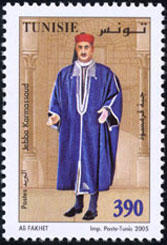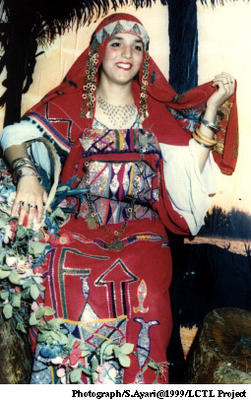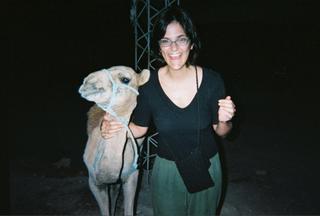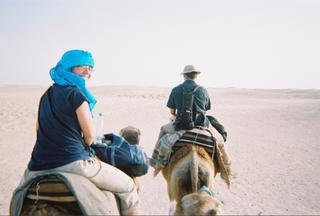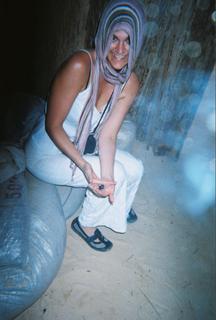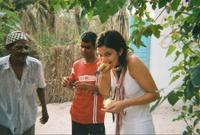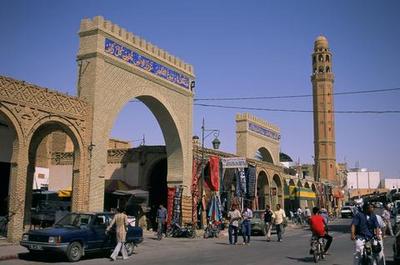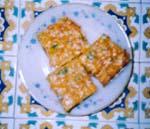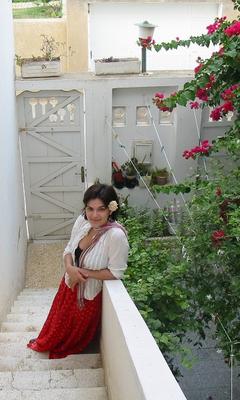Concluding Thoughts
First, though, I want to point out that I got my film developed, and there are now new pictures on the entries that describe getting lost in the medina, traveling into the sahara, the desert oasis, our camel safari, getting caught in the sandstorm, and visiting the planet of Tatooine. I hope eventually also to have pictures from the French restaurant, Le Pirate.
If you've never visited this travelogue before, in addition to the stories mentioned above, the other entries I'd highlight as among the most interesting are my experiences with Arab hospitality, and Tunisian wedding customs (in two parts).
Although in my first month I had a few instances where I felt slightly uncomfortable about being American in Tunis, later I had more positive experiences. In fact, the last month that I was there, I can't think of a single instance where someone acted displeased when they found out I was American, and many were enthusiastic. Ultimately, it seems that popular opinion in Tunisia mirrors that in Latin America and Europe: they love Americans, they just don't care much for our foreign policy or our current president.
All in all, I had a good time in Tunisia. The first month was rough... I didn't speak the language, and I had massive culture shock. In fact, if you're thinking about going to Tunisia on your next vacation, I would really advise you not to, unless you speak French or Arabic pretty well. You can't really get past the culture shock and language gap and appreciate the country for what it is without those linguistic tools. That didn't click for me until the second month. I finally picked up enough Arabic to make friends and deal competently with the everyday challenges, and it was great. Still not a relaxing summer vacation, but definitely an adventure.
Thanks for reading my travelogue!
